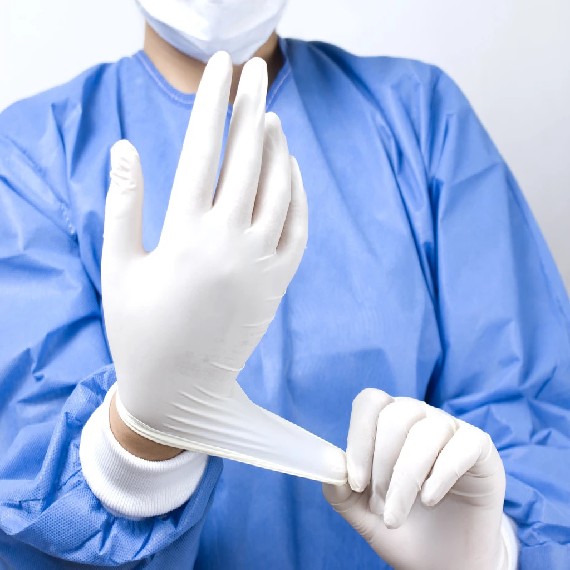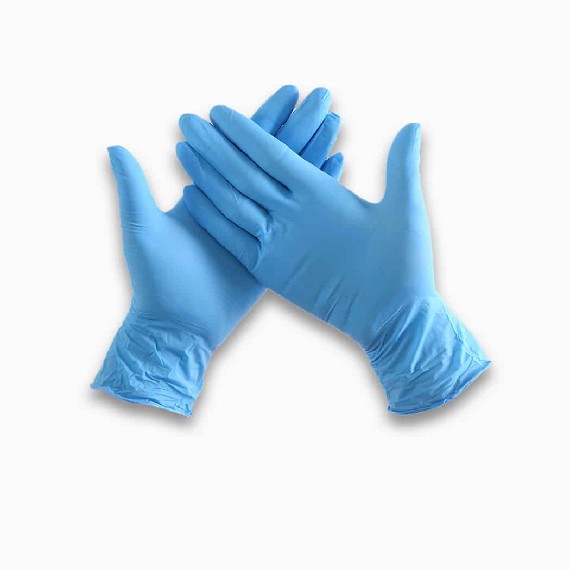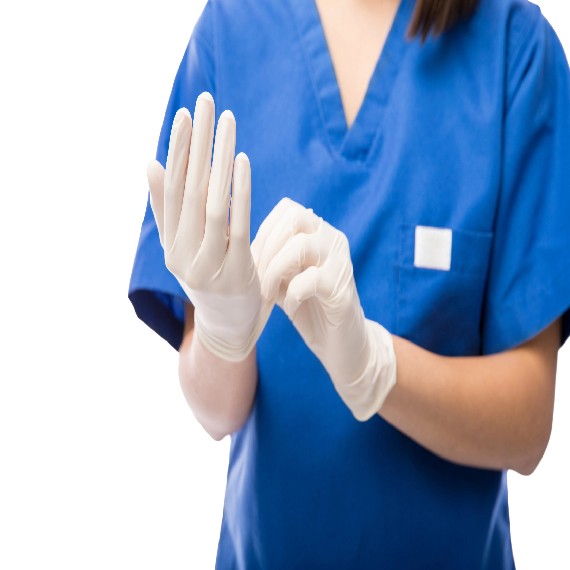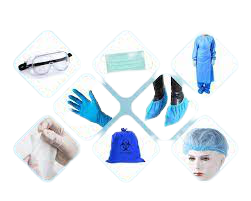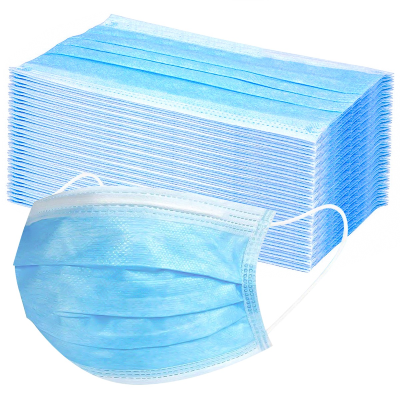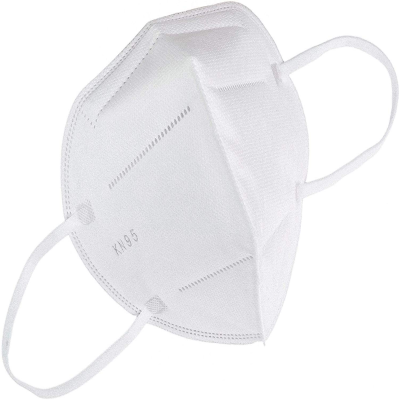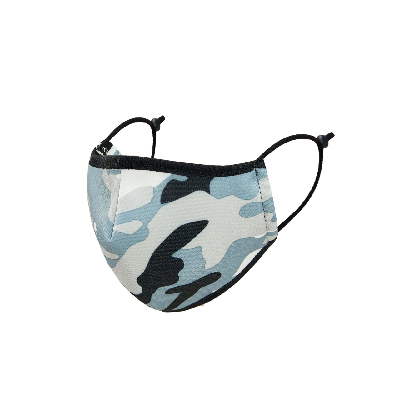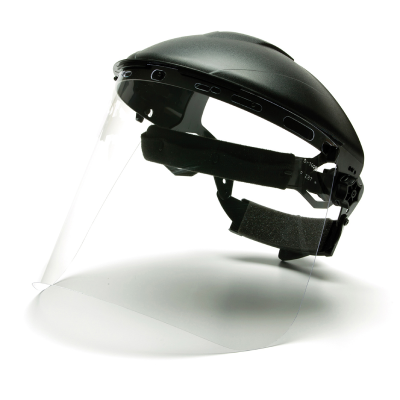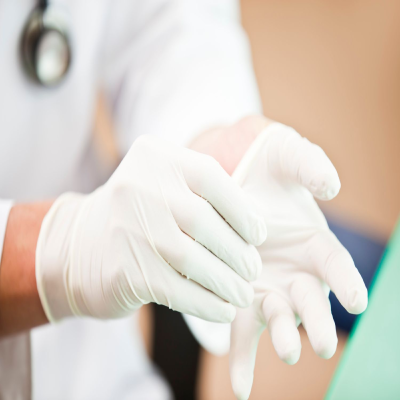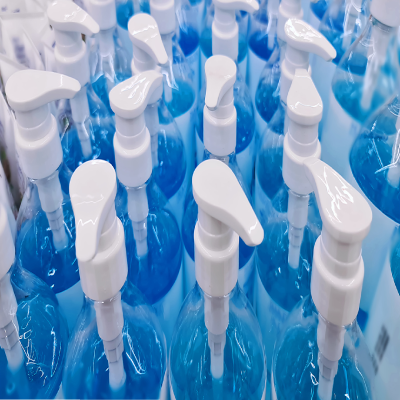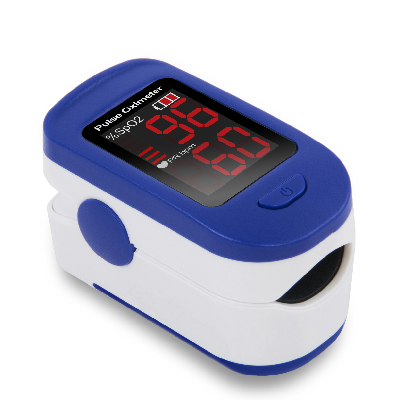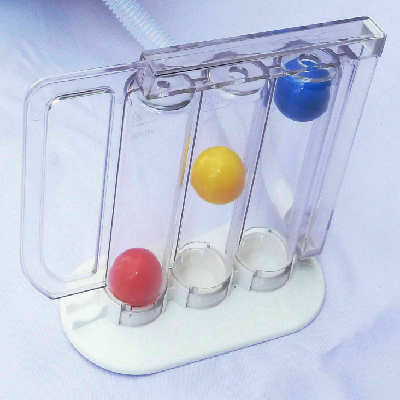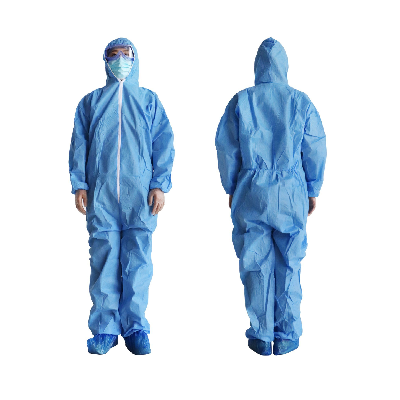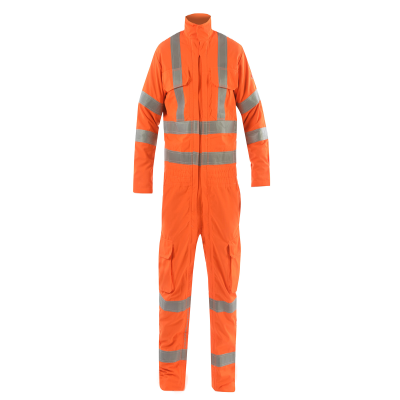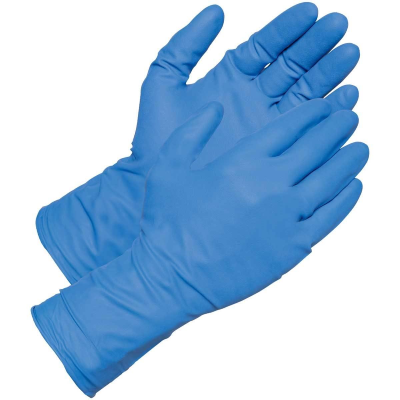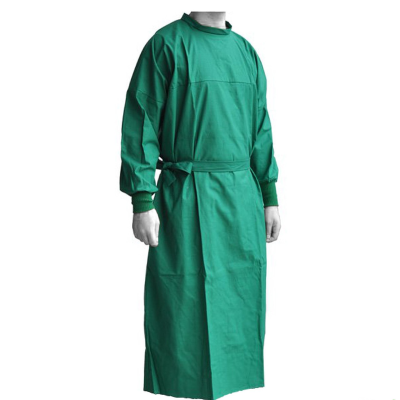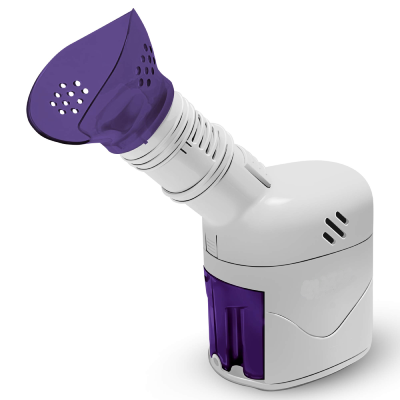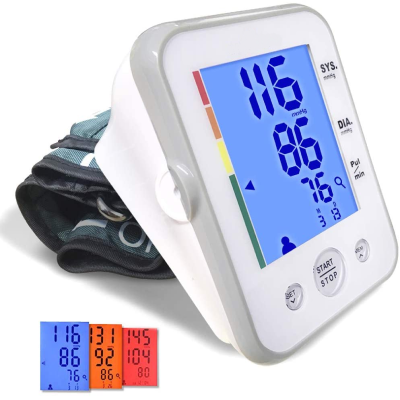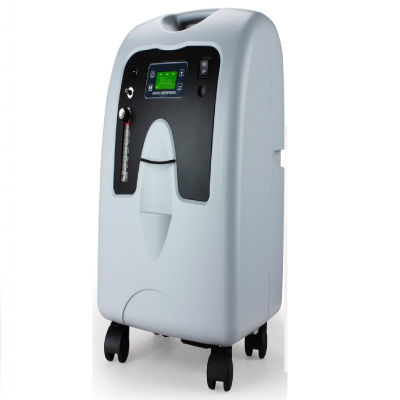If you want to wear gloves in public areas, make sure you remove them properly after cleaning or caring for someone who is ill.
- Grasp one glove's outside at the elbow.
- Switch the glove inside out as you peel it away from your body.
- In your gloved palm, keep the glove you just removed.
- Place your fingers inside the glove at the top of your wrist to peel off the second glove.
- Pull the second glove away from your body when turning it inside out, leaving the first glove inside the second.
- Get rid of your gloves.
- After removing your gloves, immediately wash your face.


